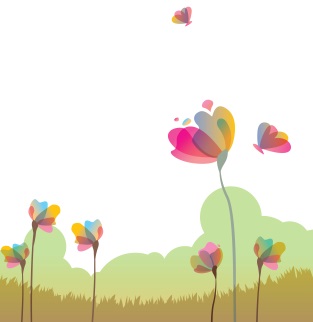Prevention
Grow an Allergy-Friendly Garden This Spring
They say you reap what you sow—and when it comes to gardening with allergies, that old saying couldn’t be more true. If you’re one of the 40 to 60 million Americans with hay fever, pollen from the grasses, trees, and weeds in your neighborhood can aggravate symptoms. But planting certain seeds, shrubs, and saplings this spring can help you have fewer symptoms all season long.
Uproot these grasses and trees
Seasonal allergies occur when your body treats pollen in the air as an unwelcome invader. This overreaction can cause congestion, sneezing, a runny nose, a scratchy throat, and itchy, watery eyes.
Some greenery can make allergy symptoms worse than others. Aim to keep these irritating offenders off your property:
-
Grasses: Johnson, rye, Timothy, Bermuda, orchard, sweet vernal, bluegrass, fescue
-
Allergy-triggering trees: maple, oak, ash, birch, hickory, juniper, cedar, cottonwood
Raise these fruits and flowers instead
Having allergies doesn’t mean you’re stuck landscaping with gravel and concrete. These buds and blooms will beautify your yard with less chance of giving you the sniffles:
-
Flowers: lilac, daisy, geranium, dahlia, hibiscus, iris, roses, snapdragon, tulips
-
Low-allergen trees: cherry, crepe myrtle, redwood, apple, dogwood, pear, plum
Another option? If you’re in a warm, dry climate, consider succulents, such as cactus plants.
Hedge your bets with these habits
Gardening is good exercise, produces nutritious fruits and vegetables, and helps beautify your community. In short, it’s worth the effort, even with allergies. To increase your comfort, follow these tips:
-
Check pollen counts in your area. Skip gardening on days when they’re high.
-
Take your allergy medicines before you head outside. And if you have asthma, keep your quick-relief medicines on hand.
-
No matter what type of grass you have, keep it short. If you can, ask someone else to mow.
-
Don’t touch your eyes or face while you’re working. Try wearing a mask and gloves.
-
Wash your hands often and rinse your eyes when you come back inside. Shower right away to help ease your symptoms.
-
Visit an allergist. He or she can help you identify the plants that aggravate your symptoms. You might benefit from treatments such as allergy shots.
Now get growing!


